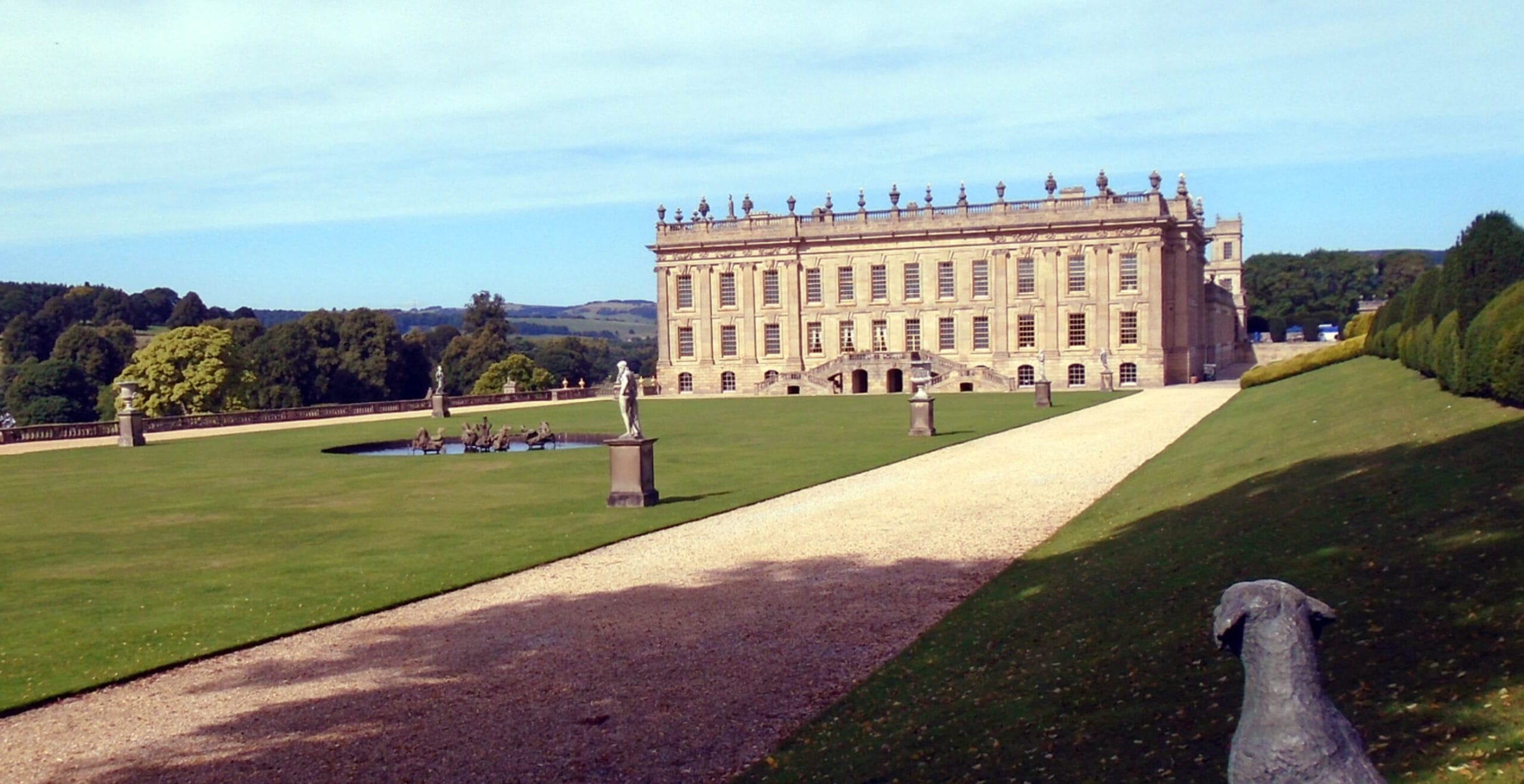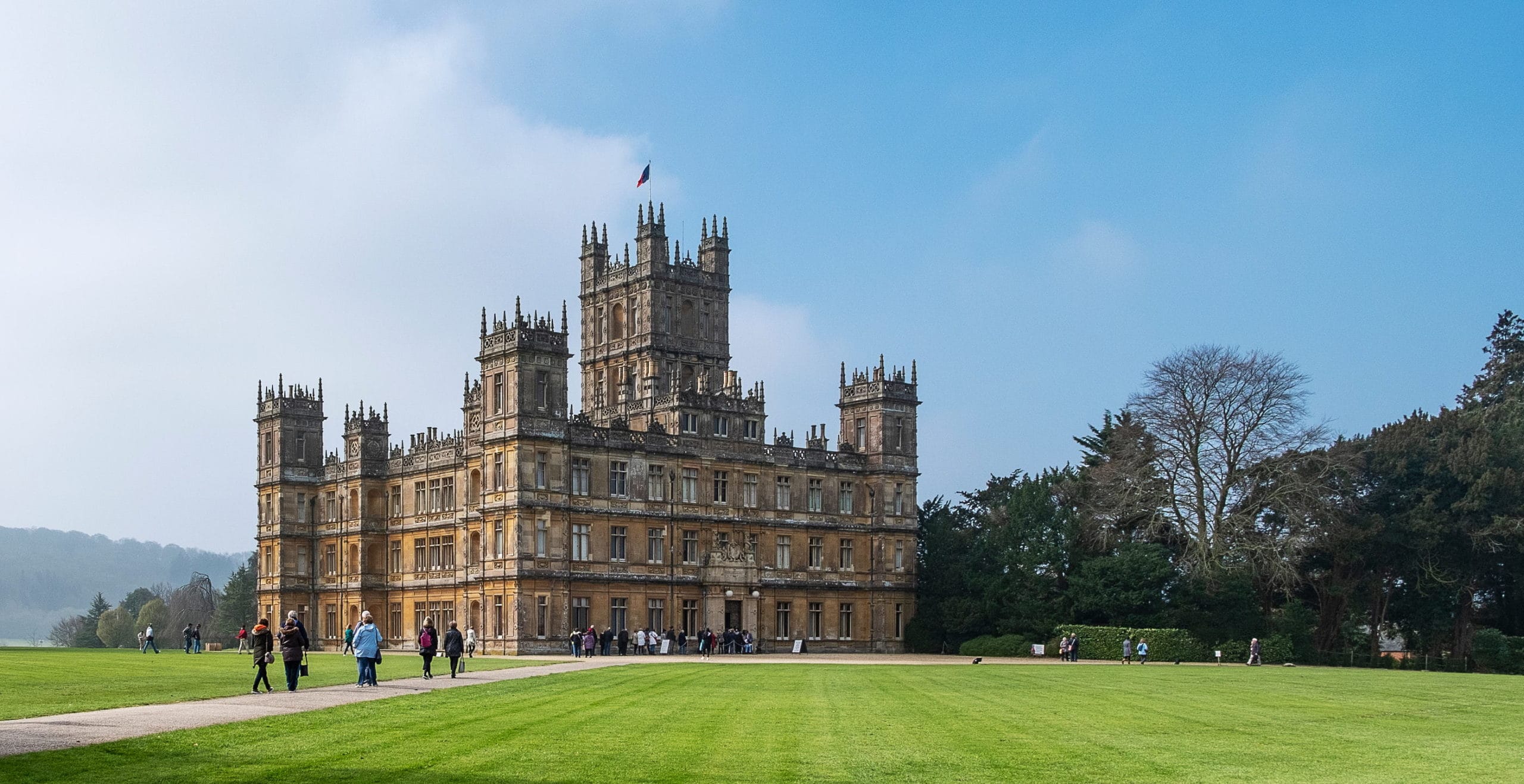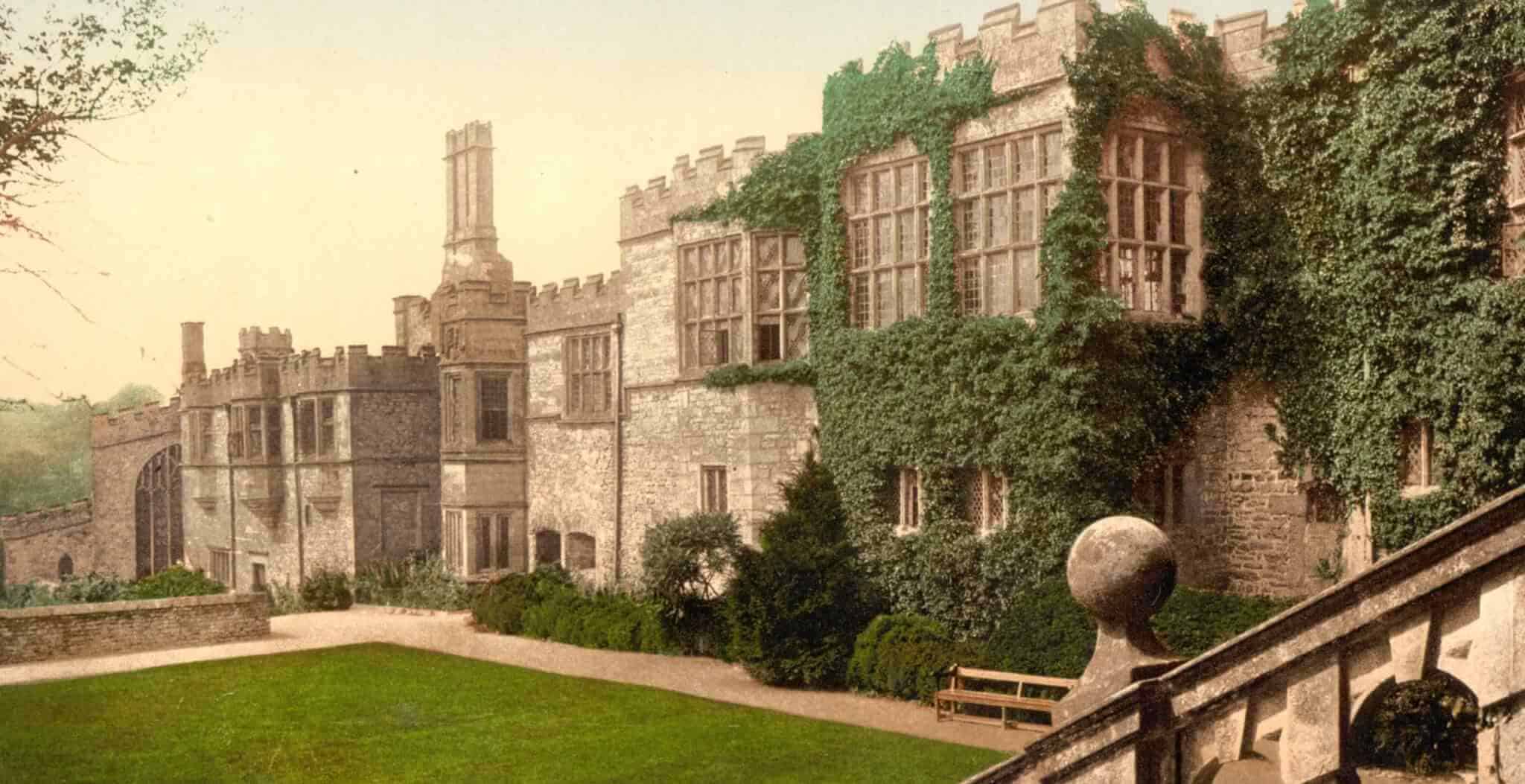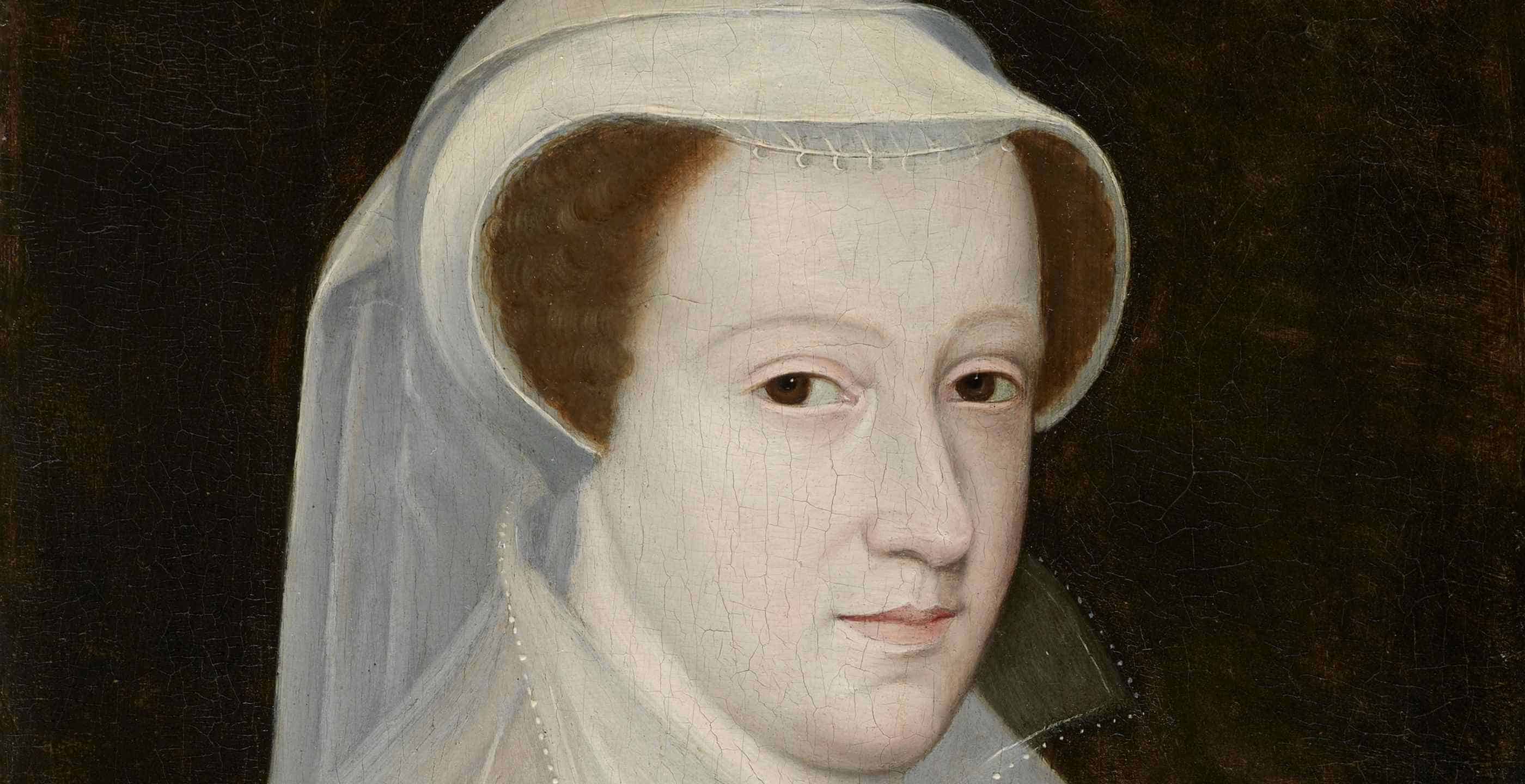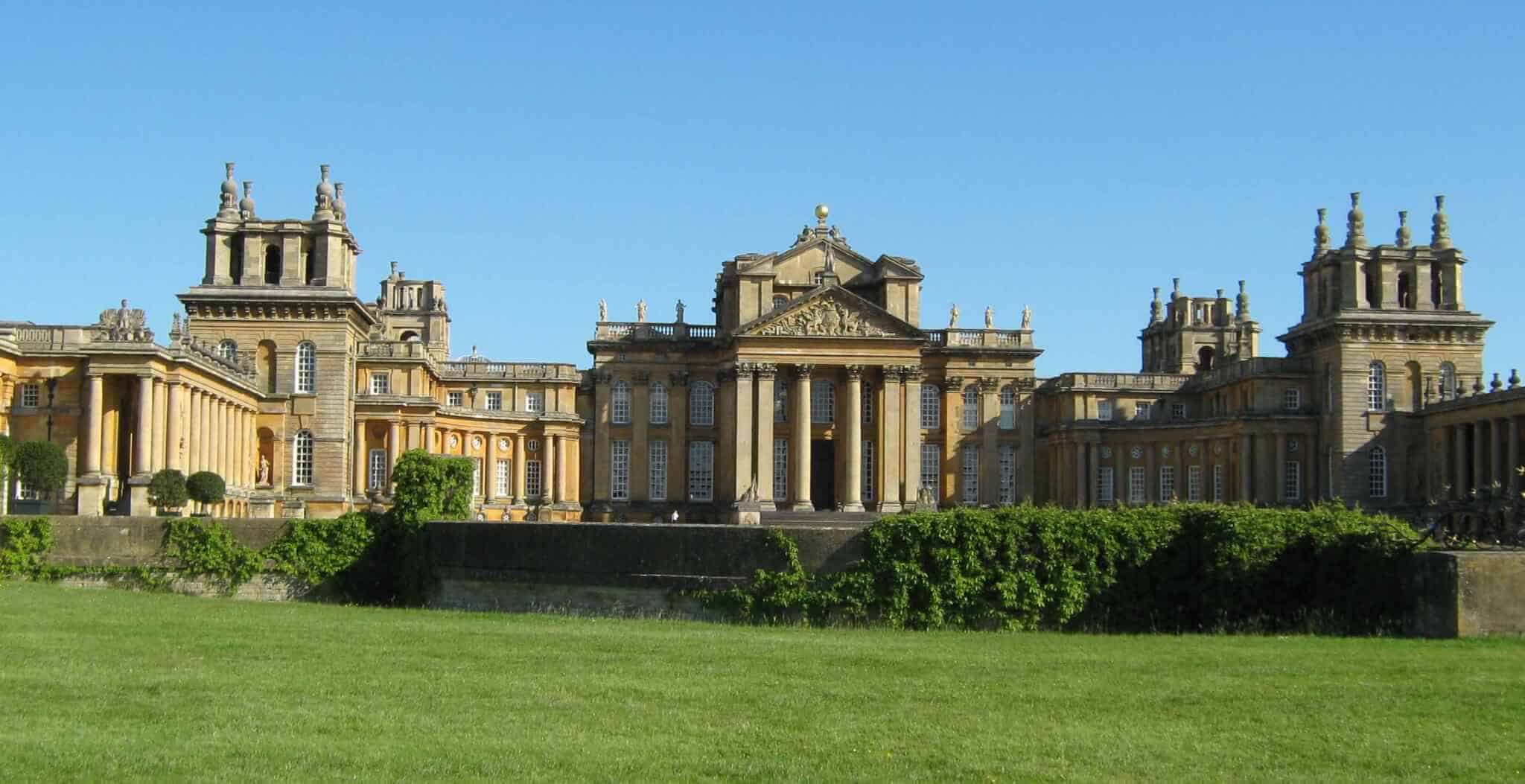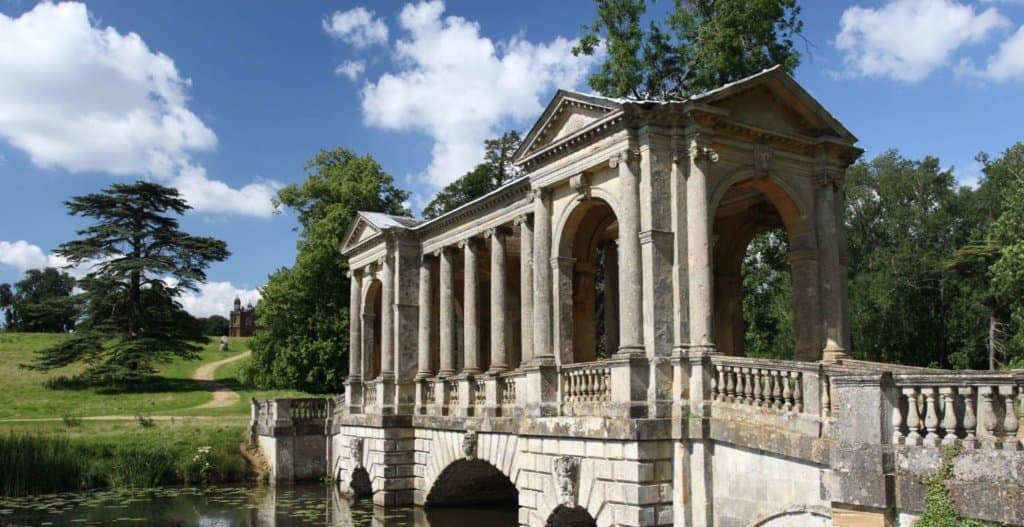The great stately home belonging to generations of the Devonshire family sits proudly in all its architectural majesty and grandeur, surrounded by the beautiful rugged landscape of the Derbyshire Dales.
Chatsworth House has an impressive twenty-five rooms for visitors to explore and contains a plethora of artwork and historical artefacts ranging from Roman sculptures to artistic masterpieces by Rembrandt.
The building itself is an architectural gem which has played host to a variety of events and provided the filming location for famous film and television productions, perhaps most notably Jane Austen‘s “Pride and Prejudice”.
Situated not far from the picturesque market town of Bakewell, Chatsworth House began its life in the hands of the Leche family in the fifteenth century when a house was built in the parklands, turning it into a large estate.
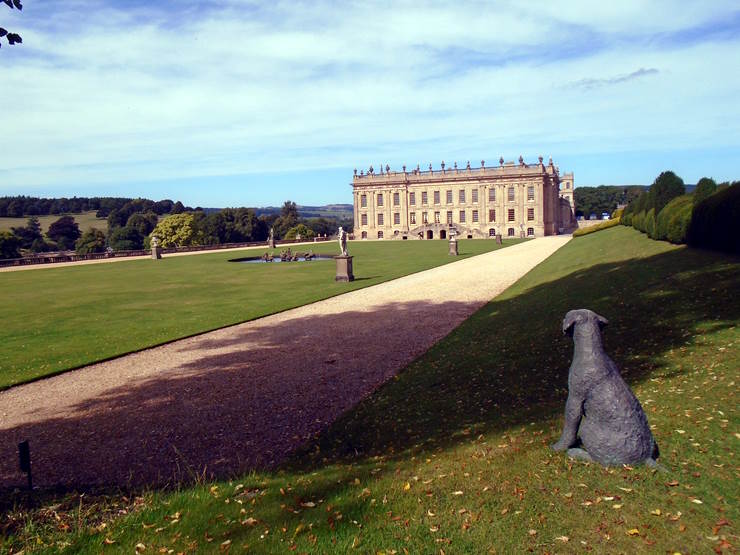
By 1549, it was purchased by Sir William Cavendish who was Treasurer of the King’s Chamber and whose wife, known as Bess of Hardwick, was instrumental in choosing the location as it was in her native county.
Having previously been based in Suffolk, Cavendish left much of the decision-making up to Bess who began to work on its construction in 1553. She had decided on the location near to the River Derwent but sadly only four years into the project, Sir William passed away.
This did not however hinder the future of Chatsworth as she eventually had the home completed in the 1560s, by which time she was living with her fourth husband, George Talbot, 6th Earl of Shrewsbury.
During this time, the Earl of Shrewsbury was selected as the keeper of Mary, Queen of Scots who had been imprisoned by Queen Elizabeth I in 1568 after her escape to England.
Whilst the Earl had various properties in which he could have kept Mary, in 1570 she was placed in accommodation at Chatsworth in an apartment now referred to as the Queen of Scots room.
During the time of Shrewsbury’s guardianship, Mary was joined by Bess who was a talented needlewoman and together they worked on creating the Oxburgh Hangings, a fine production of needlework bed hangings made from green velvet which are housed in Oxburgh Hall in Norfolk.
Sadly in 1608 Bess passed away and possession of Chatsworth passed on to her eldest son Henry; however the estate was purchased by his brother for the price of £10,000. Now in the hands of William Cavendish, 1st Earl of Devonshire, his business portfolio expanded as did his investment in the property and he acquired more land during his time managing the estate.
In addition, the 1st Earl of Devonshire played host to the famous English philosopher Thomas Hobbes whom he employed to educate his son, William. In time, Hobbes would become an integral member of the family, travelling with the younger William Cavendish across Europe. He would spend the last few years of his life on the family estate and passed away in December 1679 at Hardwick Hall. After his passing, many of Hobbes manuscripts found a home at Chatsworth House.
Meanwhile, Chatsworth remained relatively unchanged until the seventeenth century, when the property found itself at the epicentre of the English Civil War, occupied by both sides when the 3rd Earl of Devonshire left Chatsworth to flee for relative safety on the continent.
Once the Civil War ended, the Earl returned to find the house now dated and in need of improvements.
Such a task would fall on the next Earl, who in the 1680s recognised the need for repairs which were executed through an extensive rebuilding project, which replaced the South Front and worked on the Painted Hall and many other rooms. The 4th Earl was also heavily involved in the progress of the work and died in 1707 after seeing his plans come to fruition and Chatsworth restored to its former glory.
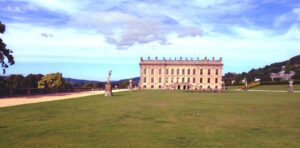
His son meanwhile, who was known as the 2nd Duke of Devonshire, did not make any further changes to the house itself, rather his contribution was most notable in terms of his art collection which he displayed at Chatsworth. He was responsible for amassing a stunning collection of Old Master drawings as well as ancient artefacts which today are still housed proudly at Chatsworth and can be enjoyed and marvelled at by the thousands of visitors which pass through its doors every year.
By the time of the 4th Duke, Chatsworth was undergoing further changes both to the property and surrounding landscape. The Duke believed that the house should be approached from the west and therefore the old stables were pulled down and the architect James Paine was commissioned to design new ones.
The changes would significantly alter the aspect and view of Chatsworth, which is what the 4th Duke had intended. Moreover, he also focused his attentions on the garden which now included part of Edensor village. The Duke employed the services of the famous Capability Brown who replaced the formal garden design of the 1st Duke with something notably more natural, a cornerstone of his design style which at this time was particularly fashionable. With changes made to the surrounding landscape as well as the building itself, Chatsworth under the 4th Duke began to take on a distinctive form and style.
It was however under the 6th Duke, who was also known as “the Bachelor Duke” for his single and sociable lifestyle, who made the most significant alterations.
Chatsworth was one of many estates which he inherited in 1811 and after succeeding his father at the tender age of twenty-one, the Duke went on to make some prominent changes to both the house and most importantly, the gardens.
In the next five decades of his life, no expense was spared for Chatsworth, employing the architect Sir Jeffry Wyatville to build the North Wing at Chatsworth whilst the Duke filled his home with his amazing book collection, a passion he had inherited from his mother. Perhaps even more than books however, his love of sculpture was evident as the newly designed north wing could accommodate his growing sculpture collection.
Meanwhile, turning his attentions to the garden, his meeting with Joseph Paxton, the gardener at the Horticultural Society at Chiswick sparked his interest in all things horticultural and he soon employed Paxton’s services as head gardener at Chatsworth in 1826.
Together, the Duke and Paxton had grand ideas for the garden which would undergo an extensive renovation with their design plans, laying the foundation for much of what you see today.
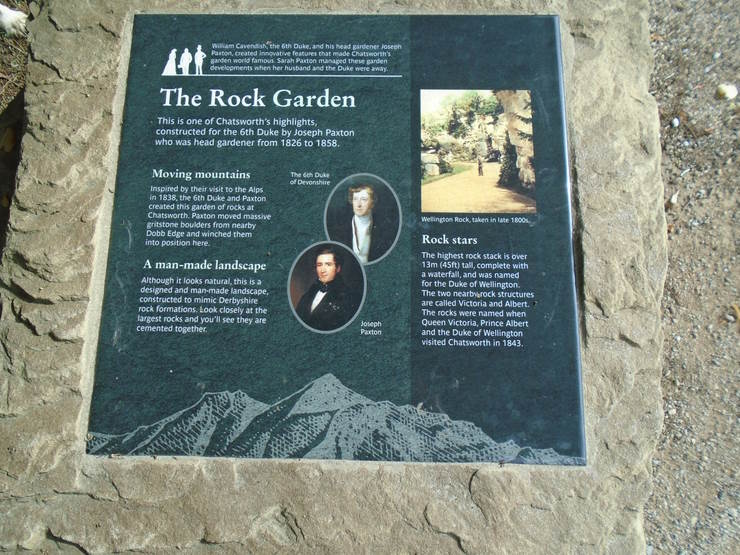
No expense was spared as plant-collecting expeditions to the Americas contributed to the horticultural display of exotic plants whilst a giant rockery was built, a feat of engineering garden design which can be explored as you visit the numerous gardens at Chatsworth.
The Rock Garden was thought to have been inspired by the 6th Duke’s Alpine visit during his Grand Tour of Europe, which led to the ambitious construction. Today you can marvel at the largest rock and arguably the centrepiece of the garden design known as the Wellington Rock which stands at around 14 metres in height, complete with its own waterfall.
In addition, Paxton was also responsible for the record-breaking creation of the Emperor’s Fountain, named after Tsar Nicholas II who was expected to visit Chatsworth in 1855. The 6th Duke, wanting to impress him, had Paxton create the fountain which reached heights of 90 metres. Despite Nicholas never actually visiting, today Chatsworth benefits from his amazing spectacle and has become one of the best points in which to photograph Chatsworth in all its resplendent beauty.
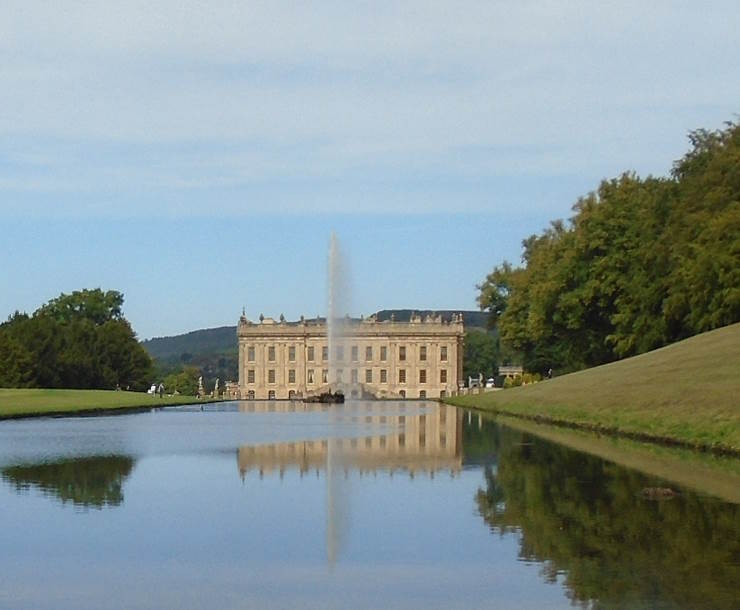
Meanwhile, the 6th Duke’s bachelor lifestyle allowed Chatsworth to become a veritable hub of society entertainment. Many of the guest bedrooms were also adorned with magnificent wallpapers, indulgent fabrics and ornamental displays inspired by the Duke’s travels and love of luxury.
Over the years, Chatsworth would play host to a variety of notable guests including writers, artists, entertainers, nobility as well as royalty itself, including none other than Queen Victoria. In later years, under the 8th Duke, King Edward VII and Queen Alexandra would become regular visitors at many of the lavish parties taking place at Chatsworth.
By the 20th century, Chatsworth was in need of improvements, however the outbreak of the Second World War put these plans on hold, as the building would during wartime be occupied by Penrhos College, a girls’ boarding school.
In the midst of World War II, in May 1944 the 10th Duke’s son and heir married Kathleen Kennedy, the sister of late President J.F Kennedy. This society wedding, unifying the famous American political family with English aristocracy, was a notable occasion however it ended in tragedy as he was killed four months later in Belgium and Kathleen four years later in an aeroplane accident.
Following the end of World War II, the house was re-opened in 1949 and received an astounding amount of visitors despite the post-war rationing and hardships endured by people at the time.
After the sudden death of the 10th Duke in 1950, his son was left with a great financial burden, as death duties needed to be paid and many of the most treasured pieces of art, as well as Hardwick Hall, were given to the Treasury whilst land assets were sold.
Not wanting to lose Chatsworth and all its grandeur during this difficult time, the 11th Duke went to great lengths to ensure that his family’s legacy would continue and this piece of English history could be enjoyed for generations to come.
In doing so, the 11th Duke and his wife worked to ensure that Chatsworth would become a sought after visitor attraction, establishing the necessary infrastructure to support the site as a tourist hotspot with retail space, parks and playgrounds all added to accommodate the growing number of visitors.
Fortunately, the 11th Duke and Duchess successfully achieved their aims as custodians for this magnificent historical landmark and today, under the 12th Duke of Devonshire, Chatsworth continues to open its doors to thousands of visitors who flock to see its outstanding architectural beauty, marvel at the artwork and amble through the glorious gardens and parklands.
Jessica Brain is a freelance writer specialising in history. Based in Kent and a lover of all things historical.
All photographs © Jessica Brain.
Published 4th January 2024
